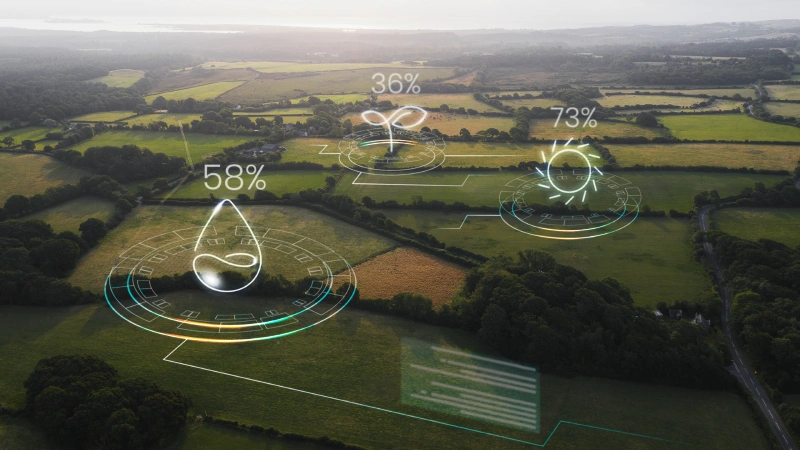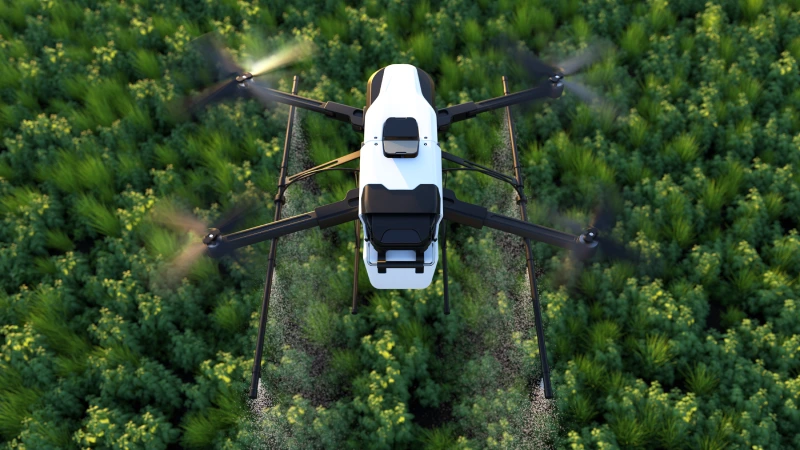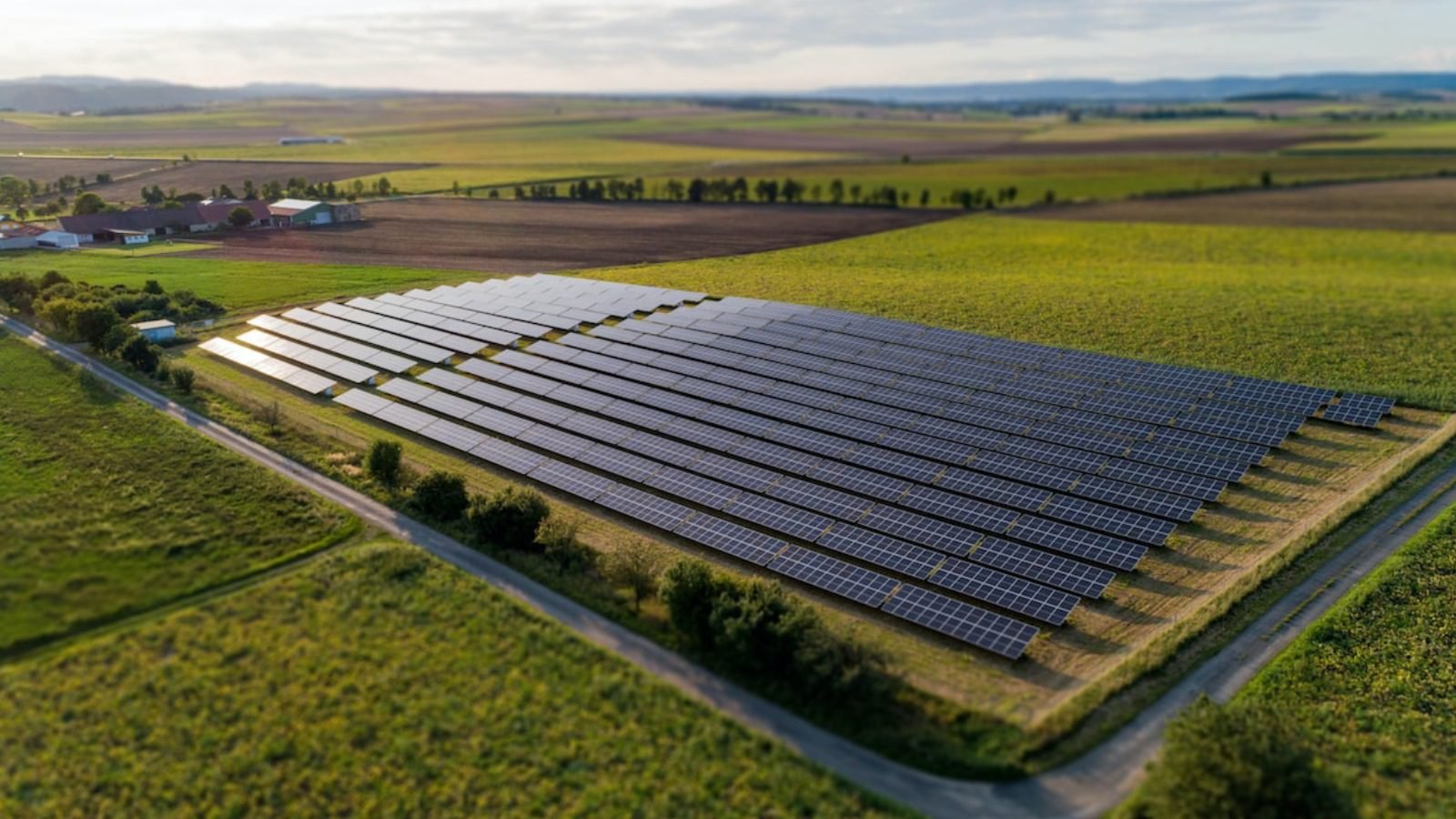Table of Contents
Highlights
- Reforestation Technology is transforming recovery with drones, planting thousands of seed pods daily across fire-scarred and degraded lands.
- AI-powered insights help restoration groups choose the right species, predict survival, and monitor forests for maximum biodiversity and carbon capture.
- Satellites track illegal logging, monitor canopy regrowth, and measure reforestation success with near-real-time global forest data.
- Successful projects blend Reforestation Technology with community stewardship, ensuring social, economic, and ecological benefits endure.
- Forest restoration is now faster, wiser, and more impactful for ecosystems as Reforestation Technology scales solutions against climate change.
Reforestation Technology: How Drones, AI, and Satellites Restore Forests
Forests are much more than trees. They are the lifeblood of this planet, homes to billions of species, and a cultural touchstone for communities who have lived among them for generations. Yet, in 2025, the evidence of deforestation is everywhere, from fire-killed tracts in the Amazon and bare hillsides in Indonesia to diminishing forest cover in Africa. According to the United Nations Food and Agriculture Organisation (FAO), the world has now managed to maintain the loss of 10 million hectares of forests each year, much of it due to agriculture, logging, and developing towns. This is not only a loss of biodiversity but also a way of increasing humanity’s carbon footprint, which in turn is leading to climate change.
However, alongside this grave story, another story is unfolding: one in which technology is being used to heal our planet. From drones scattering pods on devastated lands to artificial intelligence predicting which seedlings will survive and satellites tracking illegal logging in real-time, technology is becoming an unlikely partner in the global effort to regenerate forests. Reforestation is not simply about planting tree seedlings in the soil. It is the combination of ancient wisdom with 21st-century innovation and technology.

Drones as Digital Foresters: Scaling Tree Planting Efforts
One of the most memorable images of Reforestation Technology is that of drones flying above degraded landscapes and releasing seeds into the soil below. These aerial reforesters can plant tens of thousands of seeds in a day in regions too broad or dangerous for planters on foot. A couple of companies leading the charge in drone seeding are Dendra Systems (UK) and Flash Forest (Canada) – marrying aerial robotics with science experience in ecology.
Rather than indiscriminately scattering seeds from the air, these drones actually fire biodegradable seed pods that will hold moisture and nutrients, aiding significantly with germination. Dendra drones, for example, have worked in Myanmar to plant mangroves along a previously unstable coast, which are necessary to buffer the effects of higher sea levels. In Canada, Flash Forest drone planters are working on replanting areas decimated by wildfires, optimizing ecosystem recovery in landscapes where climate change is producing more frequent wildfire events.
It is clear why drones get some attention – they are faster and cheaper and can get to places that we cannot. However, these drone technologies do not negate the need for human stewardship; ecologists are quick to point out that drones function best as a complement to a larger reforestation effort, where the use of technology can still leave room for hands-on opportunities for habitat restoration and some community engagement.

AI in Reforestation: Predicting Forest Futures
Artificial intelligence is subtly altering how we engage with forests. AI can utilize large datasets, from soil composition to rainfall to diversity of species and historic growth, to forecast the likelihood of tree growth success.
For example, Restor is an online platform created by ETH Zurich that leverages AI and satellite data to provide near-real-time metrics and insights into ecosystems. Restoration Groups from Kenya to Peru are using the platform to select appropriate species, monitor success metrics, and evaluate how they may need to modify future project considerations. And in a similar light, AI models from Microsoft’s AI for Earth program help monitor changes in illegal logging activity, the rates of reforestation success, and the rates of carbon that are being captured by forests as they grow. In this way, AI assesses the carbon capture of young forests to assist nations in their efforts to reduce their carbon footprint while rebuilding healthy ecosystems.
The advantage of AI becomes incredibly useful for and linked to precision. Instead of spending money and efforts planting trees, shocked to learn survival rates are low, AI will help guide native forest restoration efforts that maximize chances of survival, biodiversity, and capture of climate benefits. While many countries have commitments to large-scale tree planting, like India’s commitment to restoring 26 million hectares of forest by 2030, data-driven approaches to undertaking such initiatives are essential.
Satellites: Monitoring Global Forests from Space
If drones serve as the hands and AI as the brain, then the satellites are the eyes of the new Reforestation Technology. Traveling hundreds of kilometers above the Earth, the satellites offer vantage points that allow us to observe forests in a way that regularly goes unnoticed from the ground.
To that end, the Global Forest Watch, a project of the World Resources Institute, uses NASA and the European Space Agency (ESA) data to issue near-real-time alerts about deforestation. These alerts are used by governments, NGOs, and even local activists to detect illegal logging or encroachment. For example, a farmer in the Congo Basin is able to ingest the same alerts as a policymaker sitting in Washington, D.C.—each can see how their forests are changing and degrading.
In Brazil, satellites have played a key role in exposing sources of illegal deforestation in the Amazon, prompting authorities to intervene more consistently. In Indonesia, AI, along with satellite imaging, is used to monitor peatland fire outbreaks—so officials (and communities) can detect small blazes before they escalate into catastrophic wildfires. Satellites provide more than just monitoring; they are also able to quantify how successful Reforestation Technology projects have been, for example, how much canopy has regrown, how much carbon has been sequestered, and how ecosystems (including soils and species) are recovering.

Human Stewardship and Community-Led Restoration
Despite all of its promise, Reforestation Technology is not just a technical challenge; rather, it is a human challenge. When trees are planted without involving the local population, it results in failed projects or social harm. Tree-planting campaigns in our recent history that focus only on numbers, “we have planted a billion trees,” have intermittently resulted in monoculture plantations that harm biodiversity and ecosystems and displace indigenous people. Some of the more successful programs have recognized that technology must intervene on behalf of both people and trees.
In Kenya, the Green Belt Movement, founded by Wangari Maathai, a Nobel laureate, and women’s groups, employs both digital mapping tools and traditional knowledge to restore degraded land. In Nepal, community forests mapped by drones have regenerated ecosystems while also developing jobs and income. While technology can provide speed and scale, it is through human stewardship that forests are planted responsibly and protected from exploitation while incorporated into local livelihoods. Without this essential stewardship, reforestation becomes a brief attraction and not a lasting solution.
The Role of Reforestation in Climate Action
Reforestation is about more than aesthetics and biodiversity; it is a critical element of climate action. Forests sequester approximately 2.6 billion tonnes of carbon dioxide each year, serving as one of the most significant natural carbon sinks.

However, the Intergovernmental Panel on Climate Change (IPCC) affirms that forests are not a solution to the climate crisis on their own; they must work with emission reductions, renewable energy, and sustainable use of land. Reforestation balances out the carbon footprint around the world and can play a role in climate stability, but experts are adamant that emission reductions must be implemented in tandem with reforestation efforts.
Despite this caution, the numbers are staggering. A study published in the journal “Science” concluded that if executed correctly, global reforestation could sequester as much as 200 gigatonnes of carbon; this would balance out emissions at, in some cases, multiple decades of emissions. Some scientists have argued that such claims oversimplify complex issues. Despite the science, there seems to be a consensus that reforesting is one of the best and most immediate ways to mitigate climate change.
Technology expands upon this opportunity by informing us of where forests can be planted to have the biggest impact while also allowing us to make certain that the forests are spatially and temporally monitored to ensure they are successful. When coupled with community-led conservation, this will create a potential paradigm shift.
Conclusion: Planting a Future with Reforestation Technology
When you are walking in a young forest – be it a forest planted by hand or by drone – we are experiencing hope (which we often refer to as “baby forests”). These little sprouts emerging from the ground say, with the permission of their human cousins, we will recover in nature.

Technology can grant, or help to grant, that request: the ability to accelerate recovery, ensure the investment was worth it, and enable humanity to make good on the debt it owes to our planet in order to call it our home. Forests are not algorithms, and forest technology must not be reduced to an engineering project.
The mission is to re-establish an equilibrium of planet and people. By 2025, we will be in a landscape burned recently in California, or listen to the drones above a newly unburned desert scrub landscape in southern Utah, or see it turn green pixel by pixel on the satellite image. The more difficult task will be to think more long-term about what all these instruments serve in support of the larger story: that of dignity, responsibility, and recovery.
Ultimately, reforestation is not solely about planting trees; it is the planting of a future for the coexistence of humans and nature.
FAQ
Q1. What is Reforestation Technology?
Reforestation Technology uses modern tools like drones, AI, and satellites to restore forests faster and more effectively while boosting biodiversity and carbon capture.
Q2. How do drones help in reforestation?
Drones drop biodegradable seed pods, enabling rapid planting in areas that are dangerous or inaccessible for humans.
Q3. Can AI improve reforestation success rates?
Yes, AI analyzes soil, weather, and species data to predict survival rates and recommend the best strategies for long-term forest growth.
Q4. Why are satellites important for forest restoration?
Satellites monitor illegal logging, measure canopy growth, and provide real-time insights on ecosystem recovery.